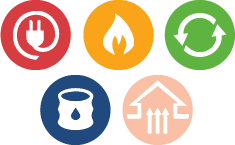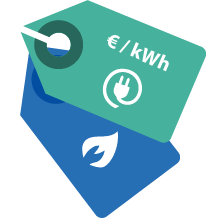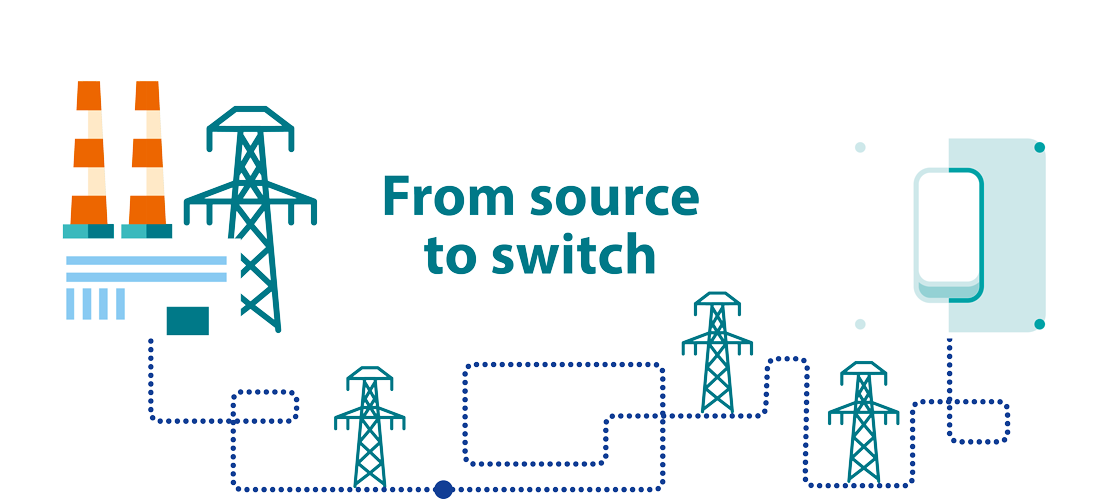3. which type of energy do we consume?
3.1 What kind of energy do we consume in the EU?
Out of the total energy available in the EU, around two thirds are consumed by end users, for example EU citizens, industry, transport etc. The difference – around one third – is mainly used for electricity generation and in other energy transformation processes. An example of a transformation process is crude oil being refined at refineries to become petroleum products.

3.3 How much does the energy we consume cost?
For medium size household consumers, electricity prices including taxes and levies were the highest in the first semester of 2016 in Denmark (EUR 0.31 per kWh), Germany (EUR 0.29 per kWh) and Belgium (EUR 0.25 per kWh), while the lowest prices were recorded in Bulgaria (EUR 0.10 per kWh) and Hungary (EUR 0.11 per kWh).


